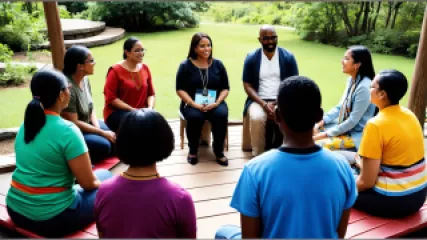Understanding and Managing Compulsive Gambling: A Step-by-Step Guide
for 1 år siden
Spillets Psykologi
The Ultimate Guide to Building Confidence in Aging
for 1 år siden
Aldring og Selvværd
A Step-by-Step Guide to Navigating Bereavement Support Services
for 1 år siden
Sorgstøtte
Embracing Cultural Diversity in Online Therapy: An Opinion Piece
for 1 år siden
Kulturel Kompetence
What is Cultural Competence and How to Cultivate It Across Cultures?
for 1 år siden
Kulturel Kompetence
Why Embracing Sadness Can Improve Mental Well-being
for 1 år siden
Overvinde Tristhed
How to Foster Encouraging Open Communication in Peer Relationships
for 1 år siden
Jævnaldrende Forhold
10 Effective Coping Strategies for Overcoming Shyness
for 1 år siden
Overvinde Generthed
A Step-by-Step Guide to Overcoming Sadness
for 1 år siden
Overvinde Tristhed
10 Best Mindset Transformation Therapy Techniques for Behavioral Change
for 1 år siden
Adfærdsændring
How to Access Virtual Bereavement Counseling Sessions
for 1 år siden
Sorgstøtte
Mastering Cognitive Therapy for Life Transitions
for 1 år siden
Kognitiv Terapi
Empowering Mental Health Advocacy: An Interview with Dr. Sarah Johnson
for 1 år siden
Advokatarbejde i Mental Sundhed
Unlocking Cognitive Insights: Lessons from "Inception" on Beating Biases
for 1 år siden
Kognitive Biaser
Overcoming Gambling Habits: A Step-by-Step Guide
for 1 år siden
Spillets Psykologi















